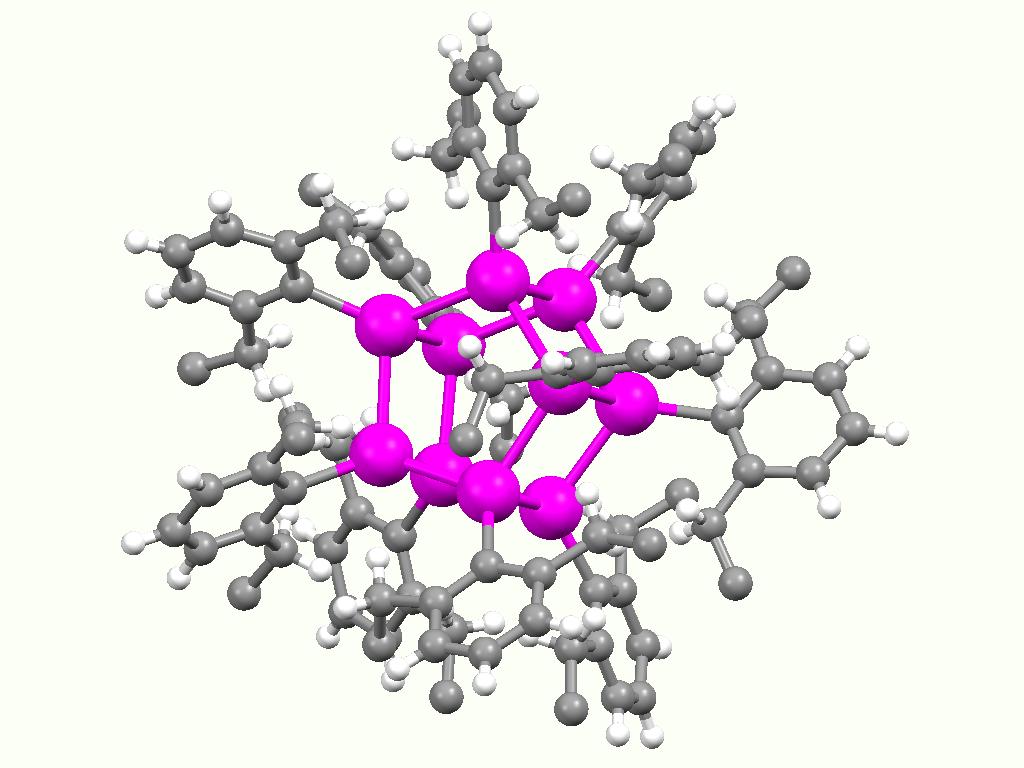|
Tributyltin Oxide
Tributyltin oxide (TBTO) is an organotin compound chiefly used as a biocide (fungicide and molluscicide), especially a wood preservative. Its chemical formula is C4H9)3Snsub>2O. It is a colorless viscous liquid. It is poorly soluble in water (20 ppm) but highly soluble in organic solvents. It is a potent skin irritant. Historically, tributyltin oxide's biggest application was as a marine anti-biofouling agent. Concerns over toxicity of these compounds have led to a worldwide ban by the International Maritime Organization. It is now considered a severe marine pollutant A pollutant or novel entity is a substance or energy introduced into the environment that has undesired effects, or adversely affects the usefulness of a resource. These can be both naturally forming (i.e. minerals or extracted compounds like o ... and a Substance of Very High Concern by the EU.Organotin Chemistry, Second Edition. Alwyn G. Davies, 2004, Wiley-VCH Verlag GmbH & Co. KGaA. Today, it is mainly u ... [...More Info...] [...Related Items...] OR: [Wikipedia] [Google] [Baidu] |
Organotin
Organotin compounds or stannanes are chemical compounds based on tin with hydrocarbon substituents. Organotin chemistry is part of the wider field of organometallic chemistry. The first organotin compound was diethyltin diiodide (), discovered by Edward Frankland in 1849. The area grew rapidly in the 1900s, especially after the discovery of the Grignard reagents, which are useful for producing Sn–C bonds. The area remains rich with many applications in industry and continuing activity in the research laboratory. Structure Organotin compounds are generally classified according to their oxidation states. Tin(IV) compounds are much more common and more useful. Organic derivatives of tin(IV) The tetraorgano derivatives are invariably tetrahedral. Compounds of the type SnRR'R''R have been resolved into individual enantiomers. Organotin halides Organotin chlorides have the formula for values of ''n'' up to 3. Bromides, iodides, and fluorides are also known but less important. The ... [...More Info...] [...Related Items...] OR: [Wikipedia] [Google] [Baidu] |
